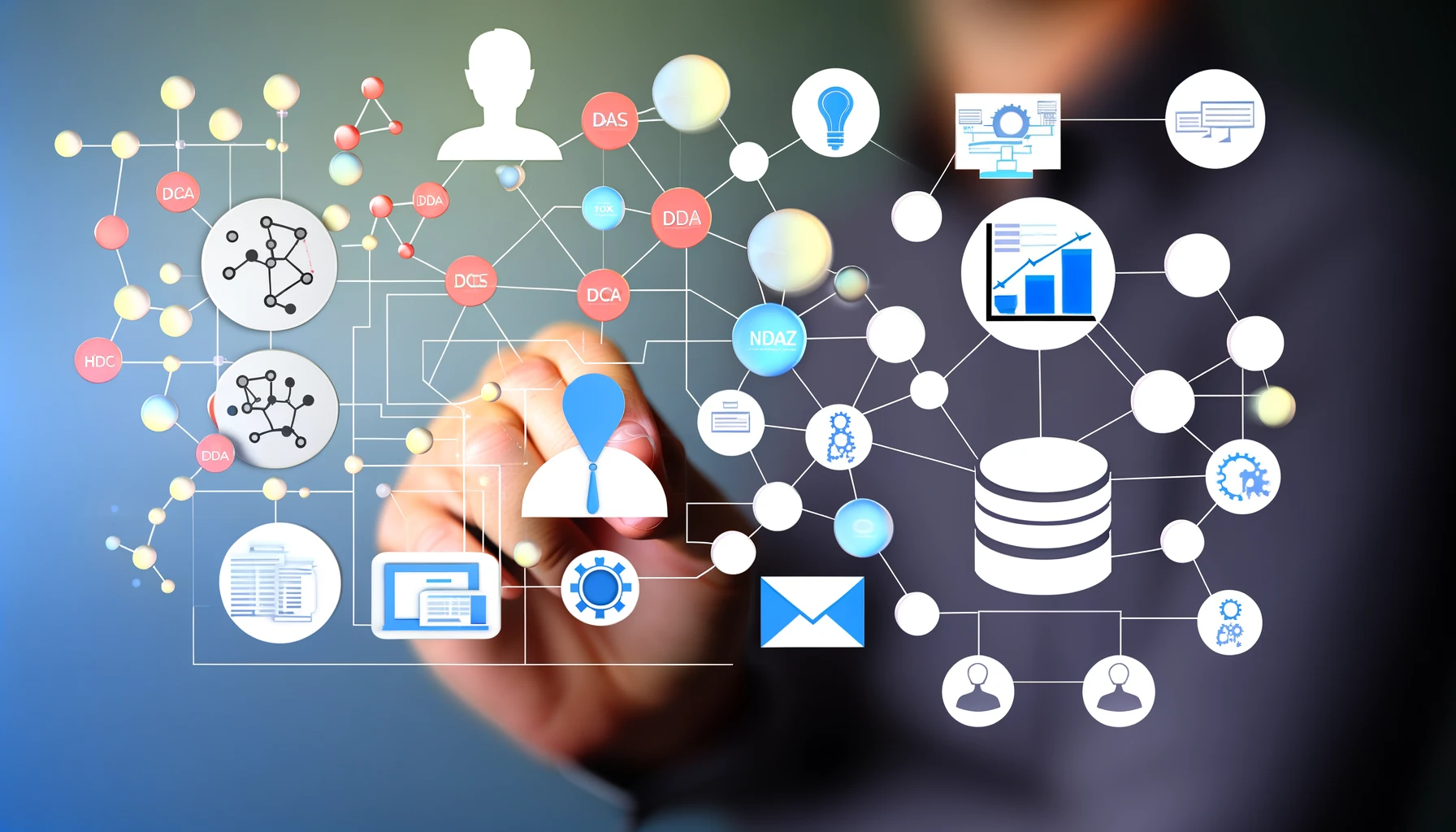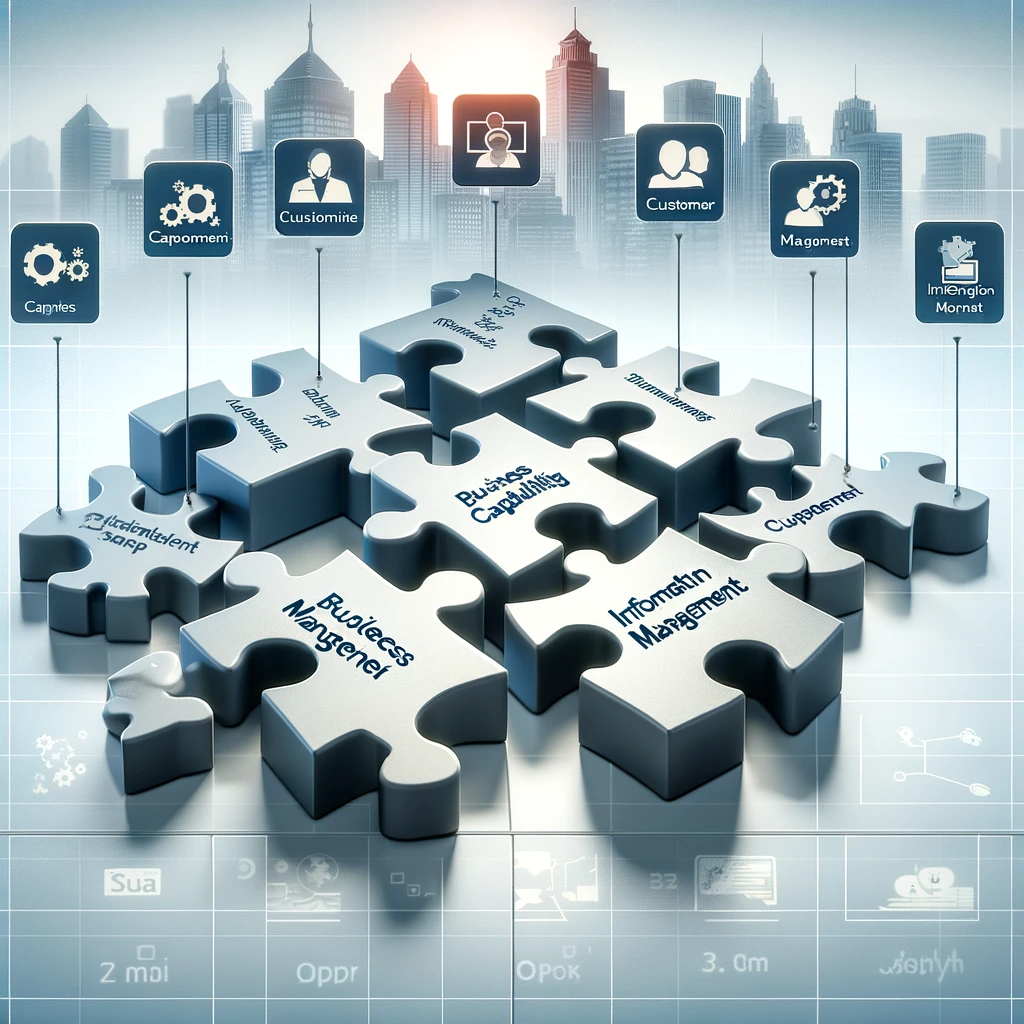Securing Your Applications Anywhere with F5 and Hashicorp Vault
Welcome back to Continuous Improvement. I'm your host, Victor Leung, bringing you the latest in technology and business strategies. In today's episode, we're tackling a critical topic for every tech professional: the deployment and security of modern applications in our fast-evolving digital landscape.
As the digital threats grow more sophisticated, the methods we used a decade ago to deploy and secure applications simply don’t cut it anymore. The surge in Common Vulnerabilities and Exposures, or CVEs, in recent years has put a strain on organizations, pushing them to rethink their strategies to stay ahead of threats.
Let's dive into how modern solutions like F5’s BIG-IP Next and Hashicorp’s Vault are revolutionizing the way we manage application security.
First, let’s talk about F5’s BIG-IP Next. This platform is a game changer for centralized management of application instances. It acts as a Single Source of Truth and allows you to control access from anywhere, simplifying the management of application delivery and security policies across all environments.
But managing these solutions requires specific domain knowledge, especially with something as complex as BIG-IP. That’s where Terraform comes in. Terraform by Hashicorp helps organizations automate and streamline their workflows. It serves as a layer of abstraction that simplifies the management of BIG-IP configurations, making the digital transformation journey a bit smoother for everyone involved.
Now, let's talk about a crucial aspect of security—certificate management. Hashicorp Vault offers dynamic certificate management, which is cloud-agnostic and fully automated. This means no more downtime due to expiring certificates. Moreover, Vault supports the use of short-lived certificates, which dramatically reduces the risk of exposure.
These tools are essential in today's security landscape, where the ability to quickly adapt and respond to new threats is crucial. With F5 and Hashicorp, organizations can ensure consistent security controls and policies, no matter where their applications are deployed.
In conclusion, the combination of F5 and Hashicorp Vault provides a robust framework that not only enhances security but also supports broader digital transformation initiatives. It's about more than just protecting against threats—it's about enabling businesses to thrive in a digital-first world.
Thank you for tuning into Continuous Improvement. If you’re looking to deepen your understanding of modern technology solutions or to enhance your company’s digital strategy, keep us on your list. Subscribe and stay up to date with the latest trends and strategies. Until next time, keep improving, and remember, every step forward is a step toward achieving something bigger and better.



